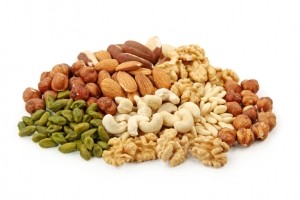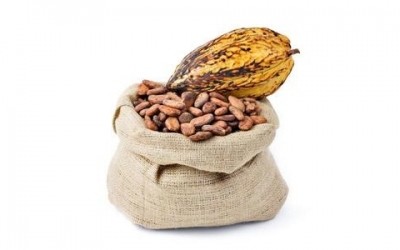Polish national survey data
Heart scares may inspire higher antioxidant, polyphenol and flavonoid intakes: Study
!['It is likely that [Polish] CVD patients paid more attention to adequate nutrition due to CVD diagnosis,' researchers say](/var/wrbm_gb_food_pharma/storage/images/_aliases/wrbm_large/9/1/2/9/3319219-1-eng-GB/Heart-disease-leads-to-upped-antioxidant-polyphenol-flavonoid-intake.jpg)
Using the Polish National Multicenter Health Survey (WOBASZ), which gathered data on a random sample of 19,200 people aged 20-74 years over a period of three years, the researchers compared the antioxidant, polyphenol and flavonoid intakes of 6661 men and women with and without a history of cardiovascular disease (CVD).
Based on the one-day 24-hour recall data collection method, they found that the main sources of flavonoids in all participants (men and women, CVD and healthy controls) were tea, apples, cabbage and coffee.
The main sources of antioxidants in the males with CVD were tea, coffee, apples, and nuts and seeds, while for the health males this was tea, coffee and apples. The researchers said they were surprised by the nut and seed intake given this was generally low in Poland.
For both the CVD and healthy females the main sources of antioxidants was tea, coffee, apples and strawberries.
“It is likely that CVD patients paid more attention to adequate nutrition due to CVD diagnosis,” the researchers wrote in the Nutrition Journal.
About 10% of the participants of the nutrition study (357 men and 286 women) had been previously diagnosed by a cardiologist and hospitalised for CVD like heart attack, heart failure, stroke, heart defects, cardiac arrhythmia, coronary angioplasty or coronary artery bypass, heart pacemaker - information which was provided by the volunteers in the questionnaire.
The men with heart disease generally consumed more antioxidants, polyphenols and flavonoids through fruits and jams, chocolates, nuts and seeds with beverages accounting for less of these intakes.
In women with CVD, significantly higher intakes from all food categories were seen compared to the healthy women.
“These results demonstrate attempts made by the studied representative samples of Polish men and women with CVD to introduce beneficial modifications to their dietary practices by enhancing intakes of foods that are sources of antioxidants, polyphenols and flavonoids,” the researchers concluded.
Source: Nutrition Journal
Published online ahead of print, doi:10.1186/s12937-015-0005-4
“Dietary antioxidant capacity of the patients with cardiovascular disease in a cross sectional study”
Authors: M. E Zujko, A. M. Witkowska, A. Waśkiewicz, W. Piotrowski and K. M. Terlikowska






